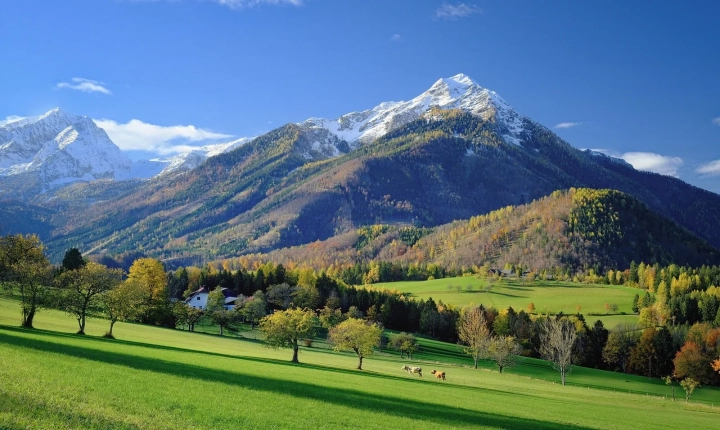Title: Exploring the Creative Process: How AI Makes Art
Art has long been a reflection of human creativity and expression, but in the age of artificial intelligence (AI), the definition of artistry has expanded to include the abilities of machines to generate original, compelling artwork. Using algorithms, machine learning, and deep neural networks, AI has been increasingly employed to create art in a variety of forms, raising questions about the nature of creativity and the role of technology in artistic endeavors.
One of the ways AI makes art is through the use of generative adversarial networks (GANs), which are designed to generate new content by pitting two algorithms against each other. One algorithm, known as the generator, creates new images, while the other, the discriminator, evaluates them against a dataset of existing artwork. Through this iterative process, GANs can produce visually stunning and thought-provoking pieces that often challenge traditional artistic norms and push the boundaries of creativity.
Another method AI uses to create art is through style transfer, which involves taking the visual characteristics of one image and applying them to another. By analyzing the patterns, textures, and colors of an input image and blending them with a reference style, AI can generate striking, avant-garde compositions that merge the familiar with the unexpected. This technique has been applied to various mediums, from paintings and sculptures to digital media, offering a fresh perspective on the creative process.
Furthermore, AI has been utilized to generate music and literature, demonstrating its potential to transcend visual arts and delve into other forms of expression. Natural language processing and machine learning models have enabled AI to compose poetry, novels, and other written works, while deep learning algorithms have been trained to produce original musical compositions that evoke emotion and imagination. These endeavors underscore the versatility of AI in capturing the essence of human creativity across different disciplines.
While AI’s capabilities in making art are undeniably impressive, the ethical and philosophical implications of this phenomenon cannot be overlooked. Some critics argue that AI-generated art lacks the emotional depth and personal experience that human artists bring to their work, raising concerns about the authenticity and soulfulness of machine-created art. Others fear that AI could replace human artists, leading to a devaluation of human creativity and the loss of individual artistic voices.
On the other hand, proponents of AI-generated art believe that it opens new possibilities for collaboration between humans and machines, fostering innovative approaches to artistic expression and expanding the boundaries of what art can be. They argue that AI can act as a tool for artists to explore new techniques, experiment with unconventional ideas, and amplify their own creativity, rather than serving as a replacement for human talent.
Ultimately, the intersection of AI and art invites us to reconsider the essence of creativity and to embrace the potential for technology to inspire, challenge, and redefine our understanding of art. As AI continues to evolve, its role in the art world will undoubtedly spark ongoing discussions about authenticity, originality, and the changing dynamics of artistic creation. By embracing the fusion of human ingenuity and technological innovation, we can celebrate the evolving landscape of art and the myriad of possibilities that AI offers to enrich our creative endeavors.
